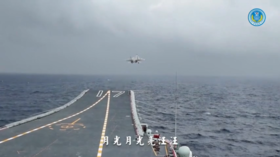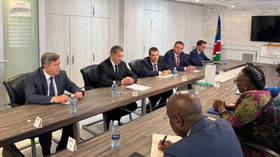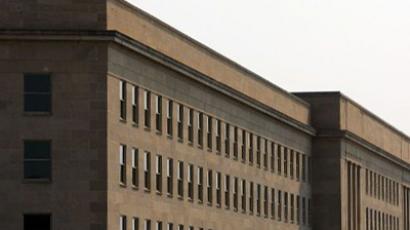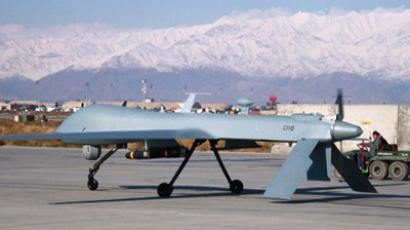Air Force finds out about drone virus from the Internet
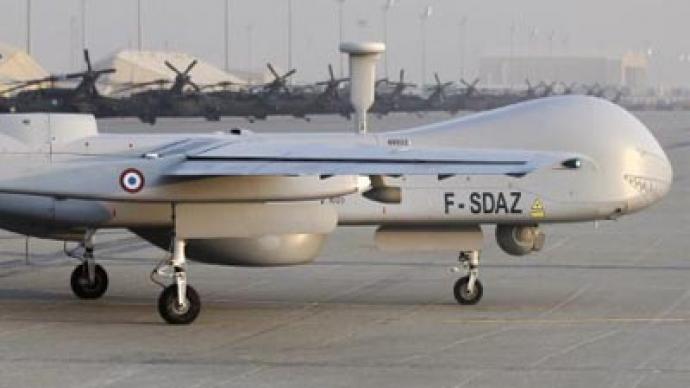
Some people go online for sports scores; others log on to check email. Military personnel with the US Air Force, however, recently used the Web to learn that their controversial and exuberantly expensive drone fleet had been hacked.
So did everyone else.Wired.com’s Danger Room ran a report recently about a computer virus that had infiltrated the systems of the unmanned robotic drone aircraft fleet of the US Air Force. Sadly, some of the men and women directly responsible for overseeing the Air Force’s computer networks did not become aware of the infection until they laid their eyes on that same, publically available report.“It was not highlighted to us,” one source involved with Air Force network operations anonymously remarked to Danger Room. “When your article came out, it was like, ‘What is this?’”What “it” was, was a common malware that can lift log-ins and passwords from otherwise secured networks, The Associated Press reports today. That virus is so commonplace, they suggest, as it is regularly used to steal personal info from popular online gaming sites such as Mafia Wars and Internet gambling portals.Wired reports that a key-logger virus ended up inside the systems at Creech Air Force Base in Nevada two weeks ago, infecting information inside the unmanned cockpits of the military’s drones. While some officials quickly became aware of the infection, cybersecurity specialists who are hired to investigate networks infiltrations like these were unaware of the problem until Danger Room’s report was published.“Nothing was ever reported anywhere. They just didn’t think it was important enough,” a second source involved in the security division tells Danger Room. “The incentive to share weaknesses is just not there.”Weeks after the virus first broke, now top-brass with the Air Force are downplaying the accidental download which could have had the potential of jeopardizing a very crucial component to the United States military. Drone aircraft, which the US can use to attack insurgents and operate spy missions from high in the sky without risking the lives of American pilots, have come under attack from opponents since they became more and more common in anti-terrorism tasks carried out by Washington. Drones were responsible for the recent strikes that took the life of two American citizens in Yemen who were believed to be al-Qaeda affiliates, and only last week did demonstrators with the October 2011 movement storm the National Air and Space Museum in Washington DC to protest a display showcasing drones.On Wednesday, the Air Force finally publically acknowledged the virus but said that it was not exactly a key-logger but failed to admit what exactly it does do. In an attempt to show a lack of severity of the infection, they revealed that the bug comes from online game play and gambling, which while it does indeed expose that the virus couldn’t possibly be that catastrophic, it also reveals that those in the department responsible for overseeing the security of the largest air force on Planet Earth have been betting with virtual dollars and playing games such as Mafia Wars while logged onto Facebook on DoD computers.The virus, says the Air Force, was “considered more of a nuisance than a threat." Whether or not that “nuisance” applies to high blackjack scores or the security of the United States of America was not revealed. Air Force Space Command spokeswoman Col. Kathleen Cook says in the statement that the infection was located on portable hard drive that was used to transmit data between machines on Creech, although most Defense Department computers have banned the devices.




